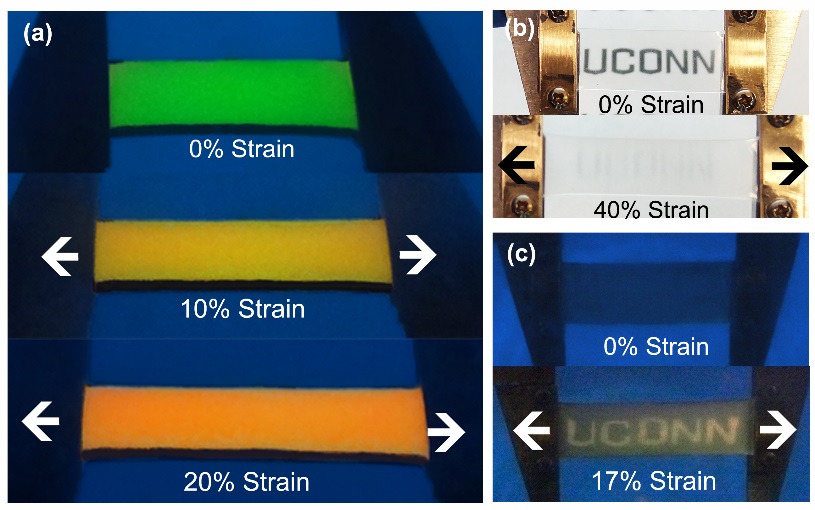报告时间:2016年6月17日下午16:30
报告地点:科技创新大楼C501室
报告题目:Bio-inspired Highly Sensitive and Reversible Mechanochromisms Based on a Polymer Bilayer Structure
Biography of Dr. Luyi Sun
Dr. Luyi Sun is an Associate Professor and Castleman Professor in Engineering Innovation in the Department of Chemical and Biomolecular Engineering at the University of Connecticut. Dr. Sun’s current research focuses on the design and synthesis of nano-structured multifunctional materials for various applications, with a focus on energy and environmental engineering. Dr. Sun has published more than one hundred (100) peer-reviewed journal articles. He is the inventor/co-inventor of thirty seven (37) International and US patents/patent applications. Many of his patents have been licensed or commercialized. The scientific results by Dr. Sun have been reported by major media including Chemical & Engineering News of the American Chemical Society, Plastics Engineering magazine of the Society of Plastics Engineers (SPE), Gizmag, etc.
Dr. Sun is a Fellow of the Society of Plastics Engineers (SPE). He currently serves as the Associate Editor of RSC Advances. Dr. Sun was the President of the Chinese American Society of Plastic Engineers (2013-2016) and the Chair of the Engineering Properties & Structure Division of the SPE (2015-2016). Dr. Sun served as the Vice President of the Chinese American Chemical Society-Southwest Chapter (2011-2013) and the Chair for the Composites Division of the American Institute of Chemical Engineers (AIChE, 2012-2013). In the past few years, Dr. Sun has organized over 30 national/international conferences.
Bio-inspired Highly Sensitive and Reversible Mechanochromisms Based on a Polymer Bilayer Structure
Luyi Sun
Department of Chemical & Biomolecular Engineering and Polymer Program, Institute of Materials Science
University of Connecticut, Storrs, Connecticut 06269, United States
A bilayer structure composed of polyvinyl alcohol composite thin film atop thick elastomer substrate was designed and prepared to achieve dynamic strain-responsive optical properties. The transition between a transparent state to an opaque state can be easily achieved by uni-axially stretching and releasing the device. Also, a series of derivative mechanochromisms with capabilities of switch “on/off” fluorescence, change fluorescent color, reveal/hide information upon mechanical stimuli are prepared. These devices feature virtually no changes in optical/mechanical properties after being repeatedly stretched and released thousands of times, promising for widespread applications.

